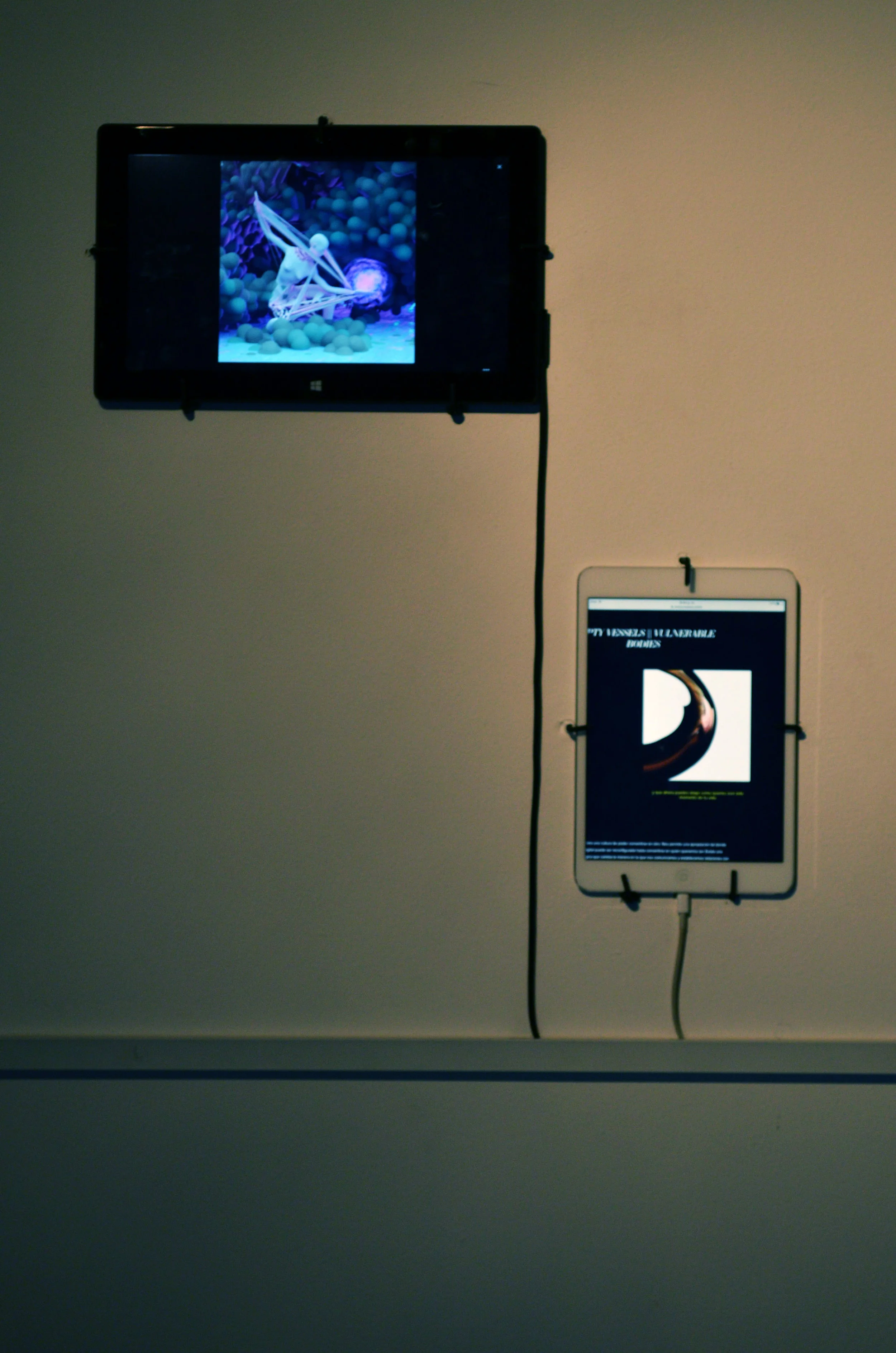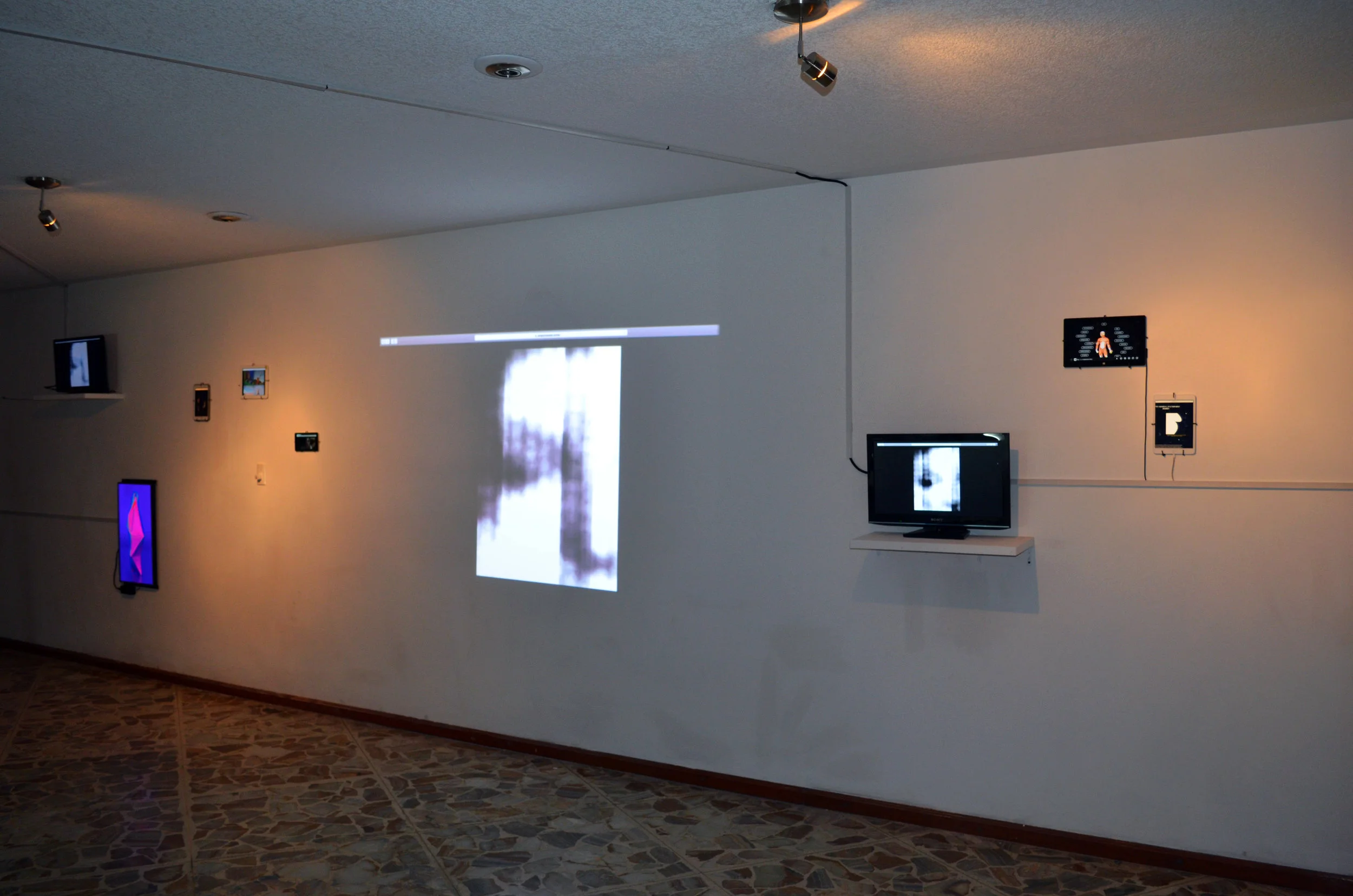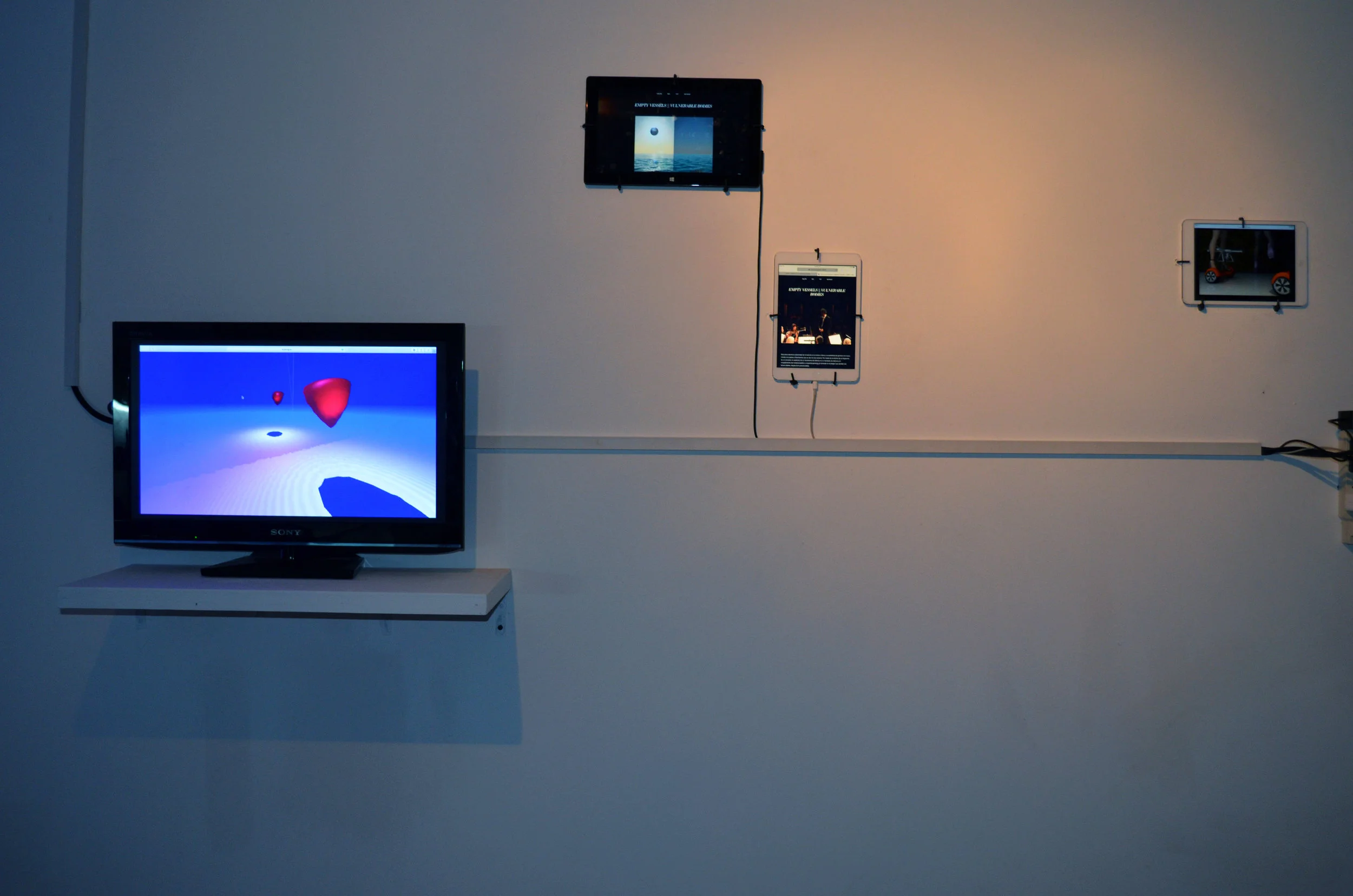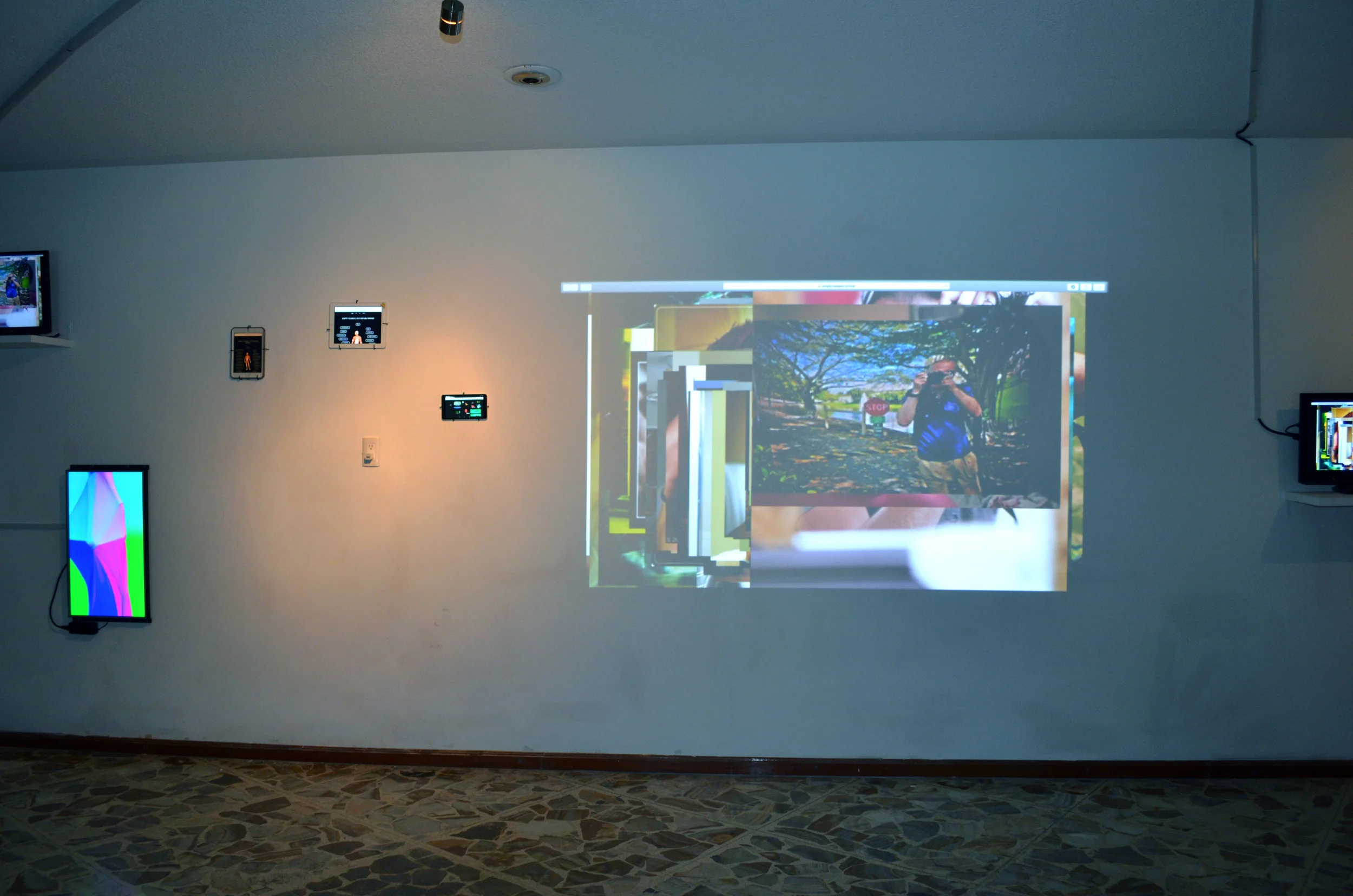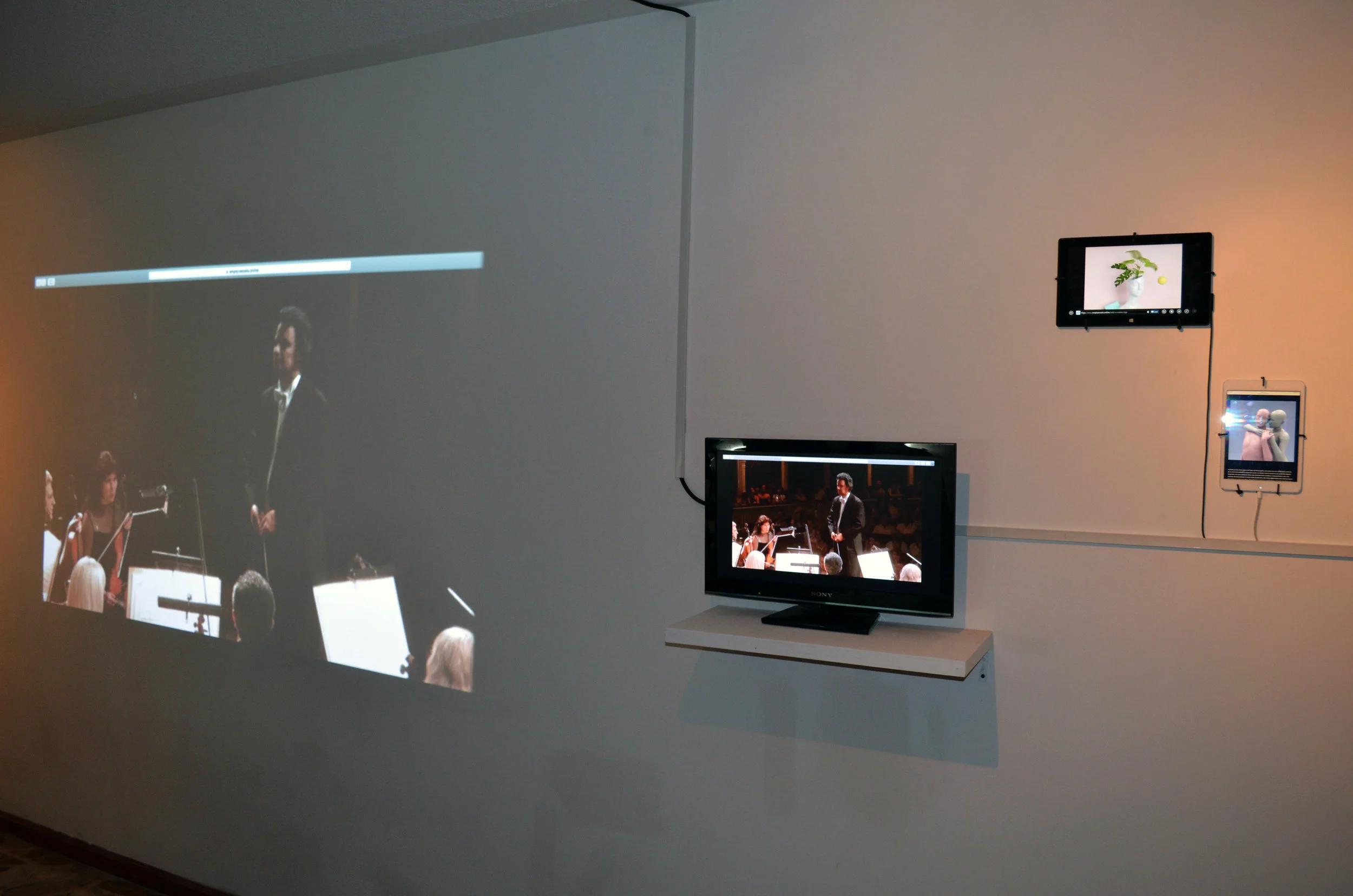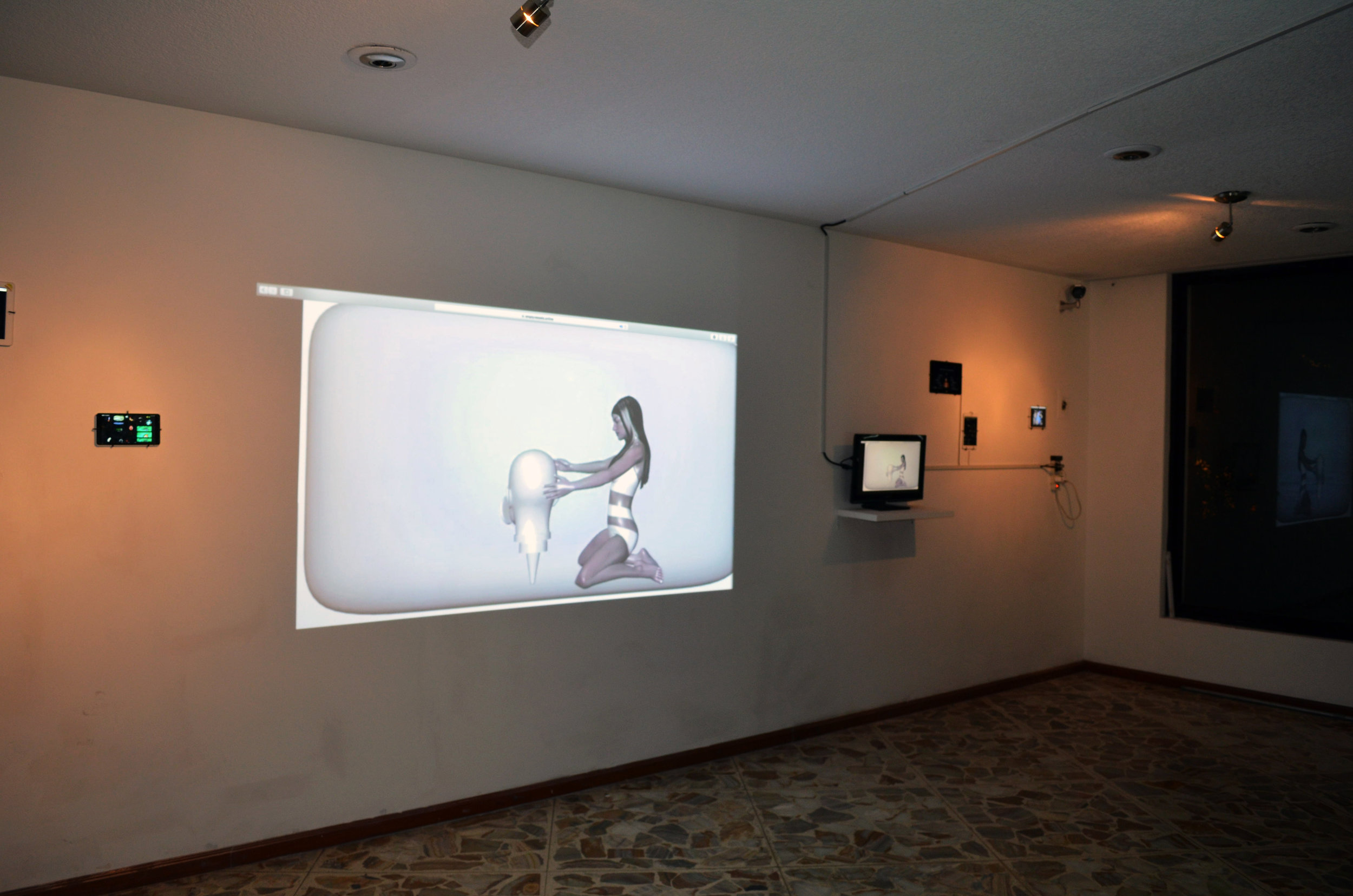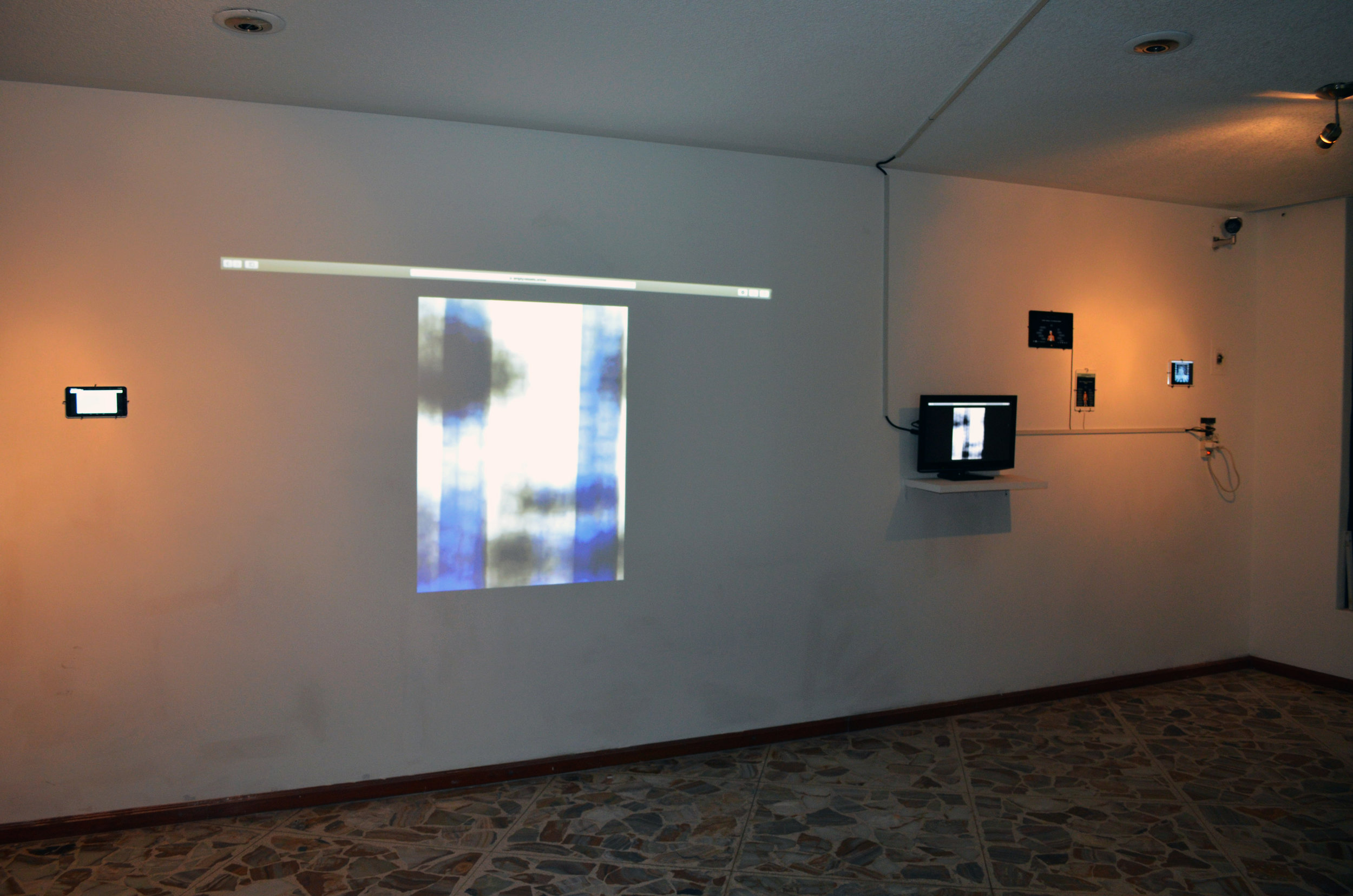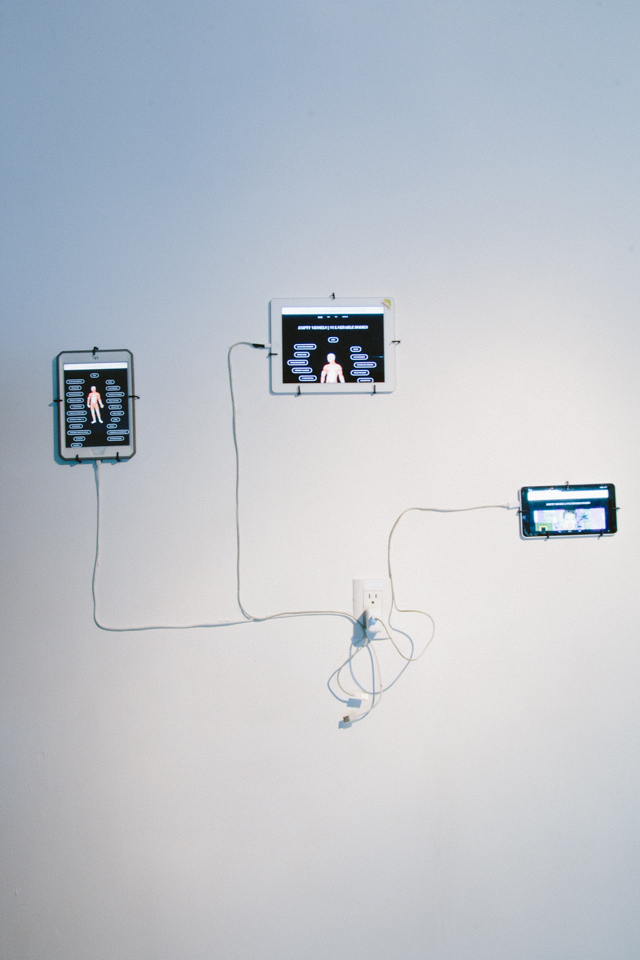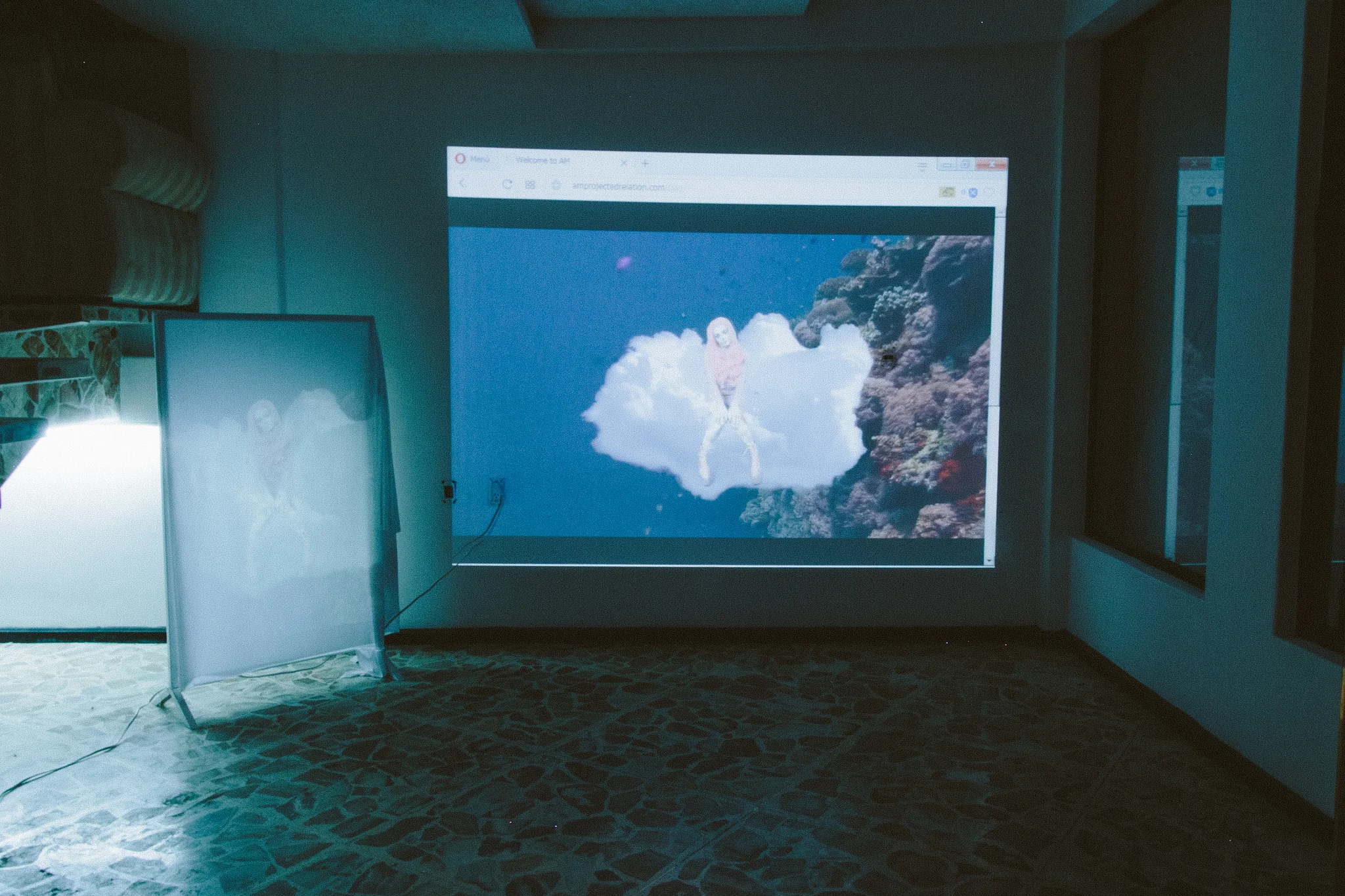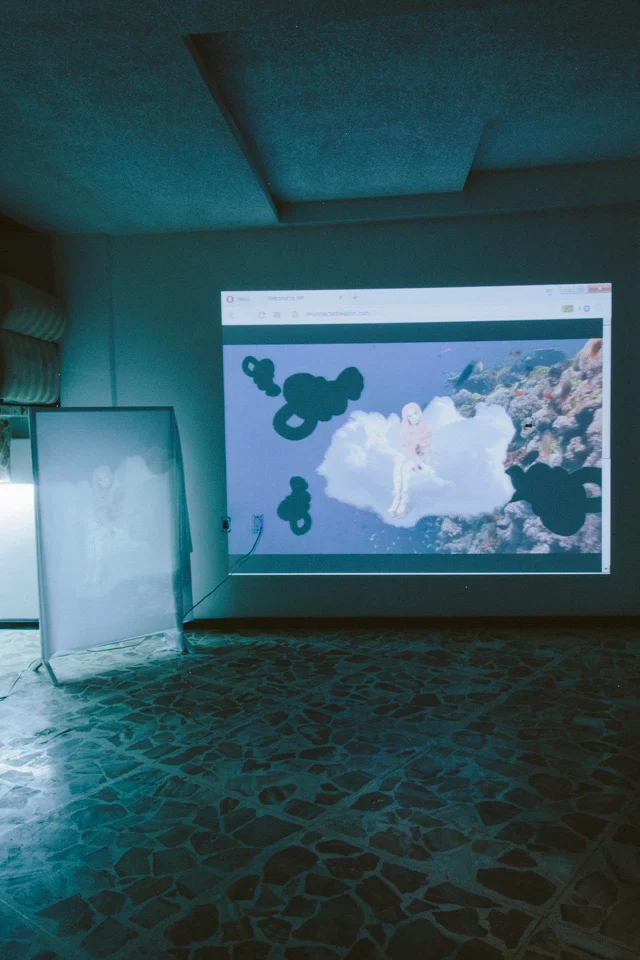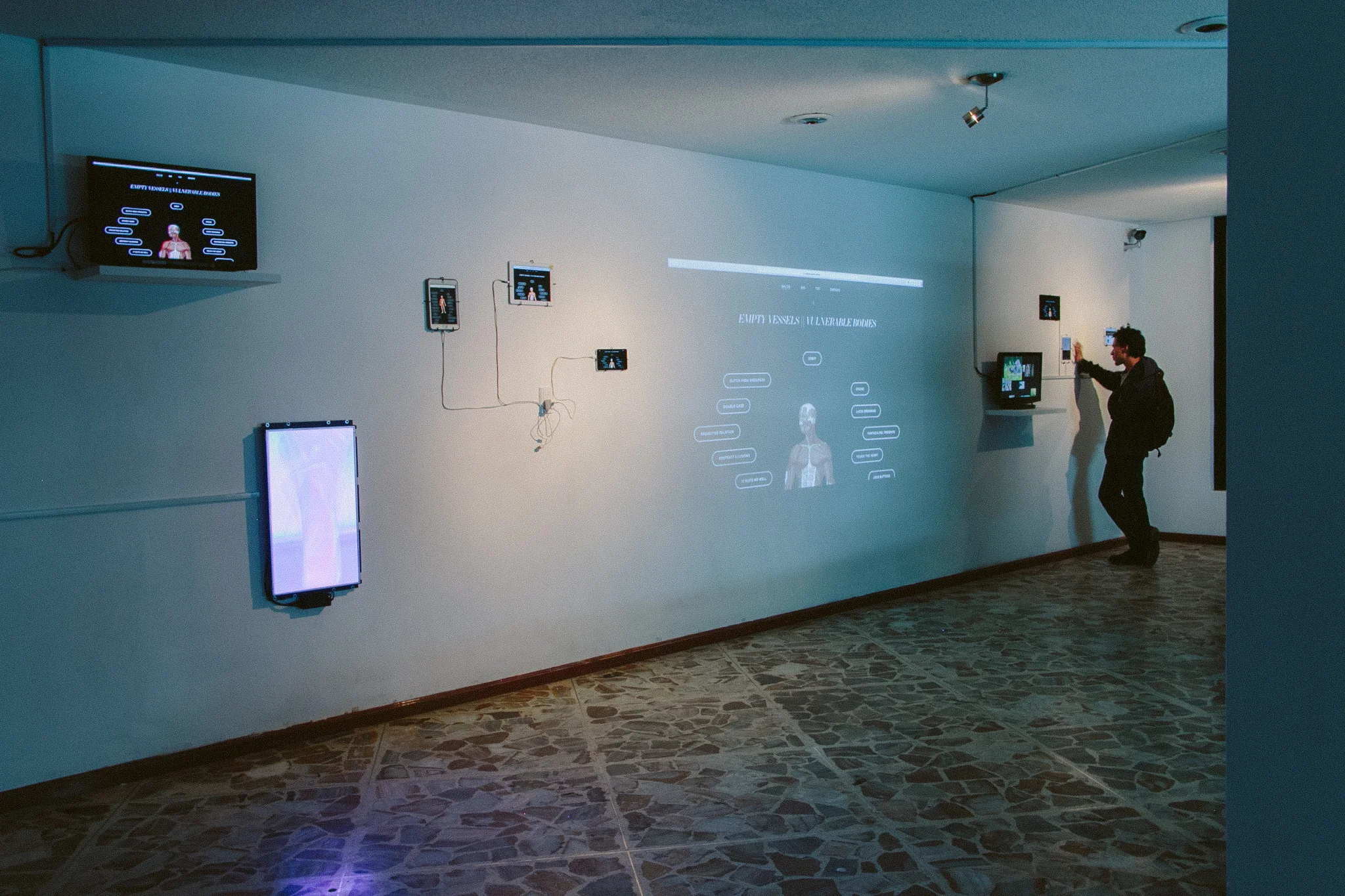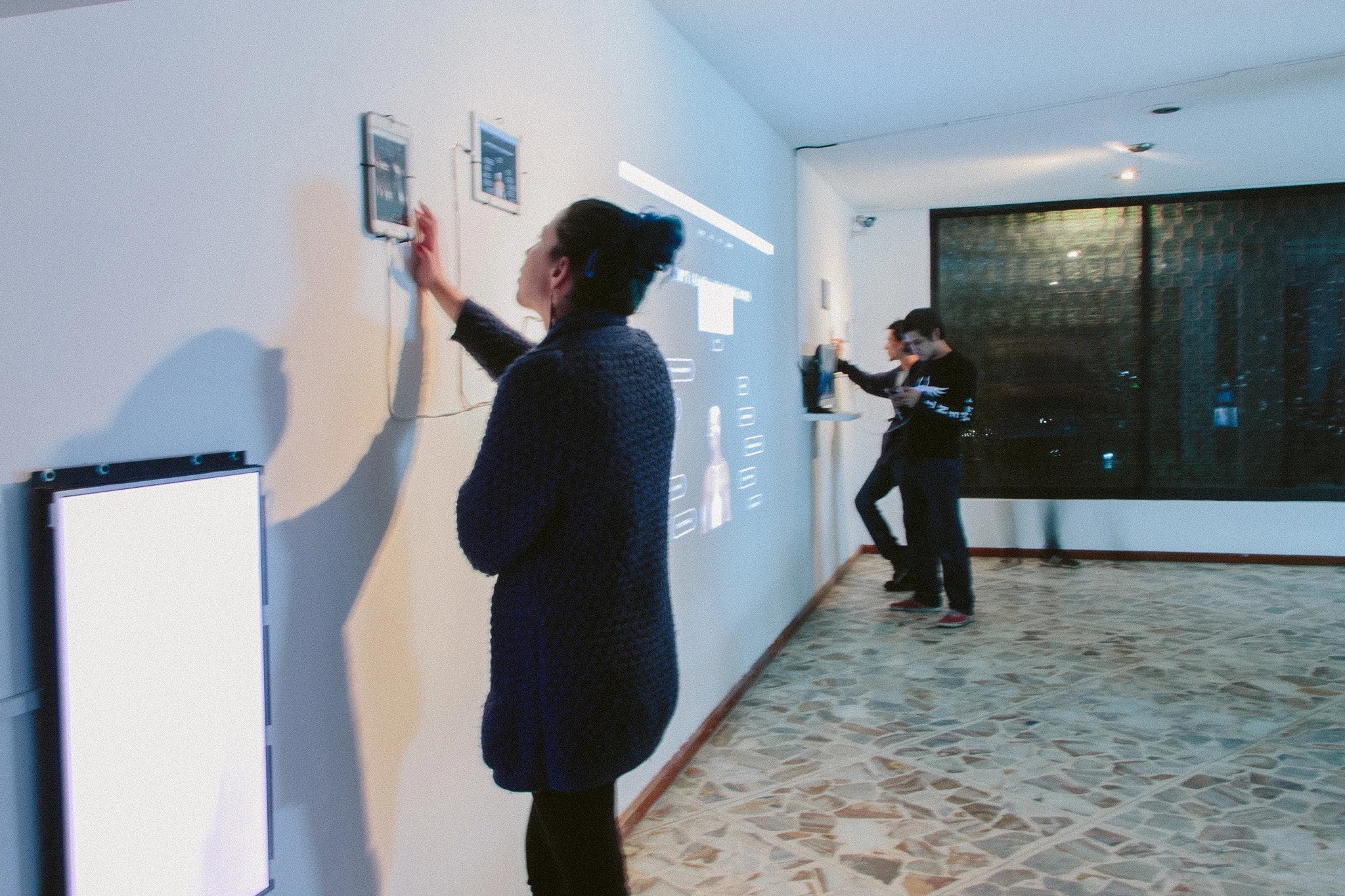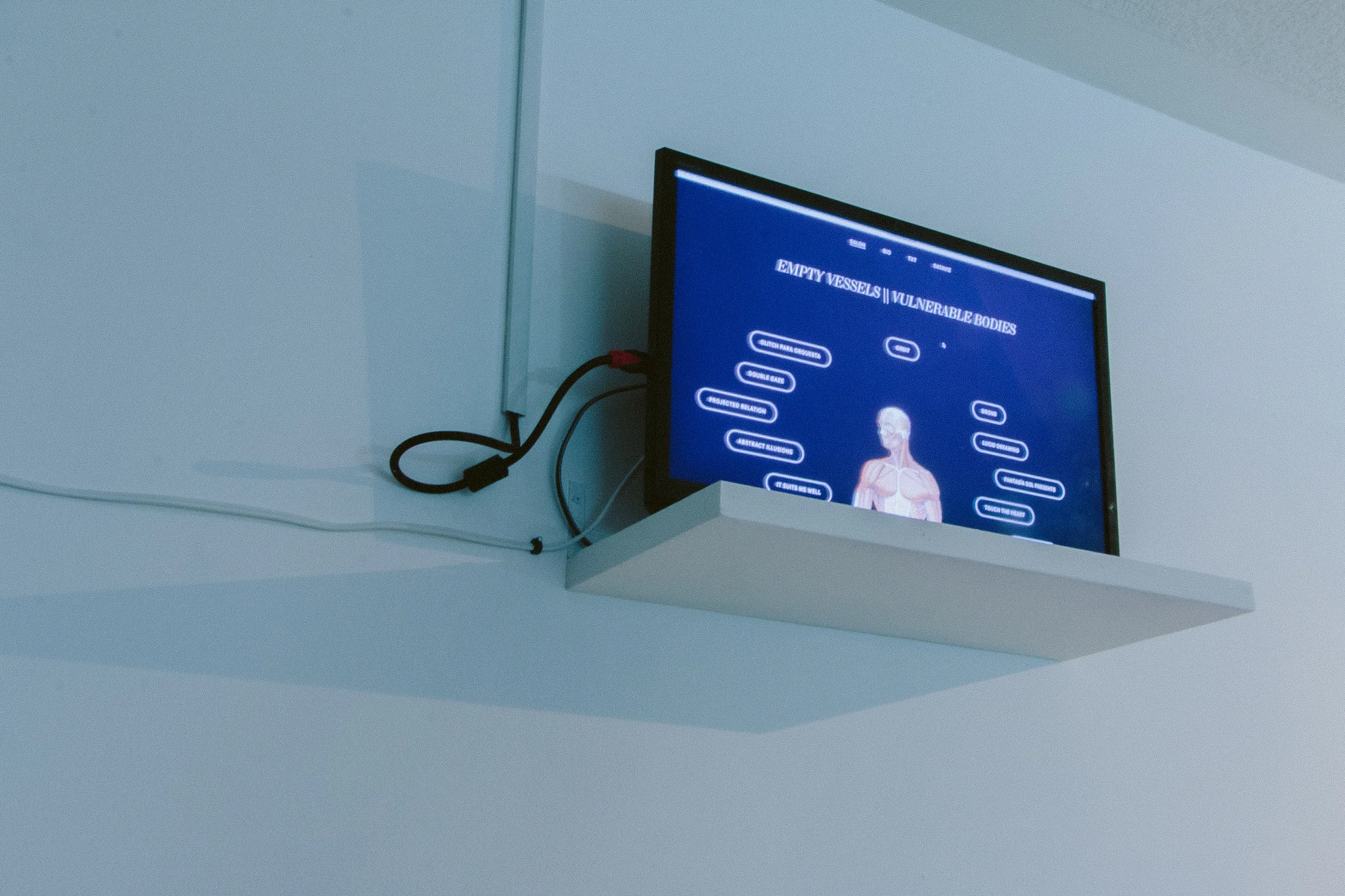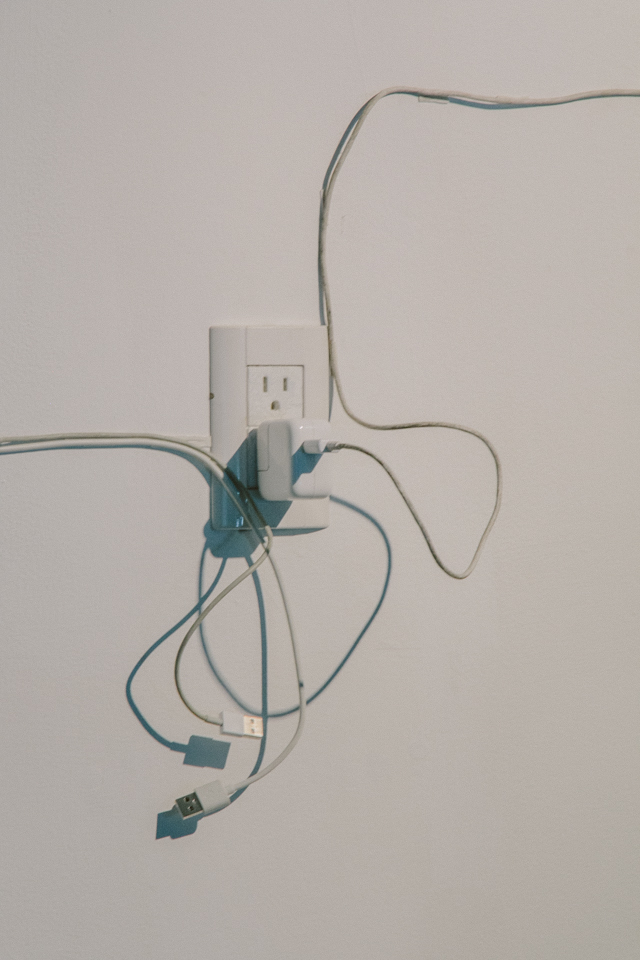
Empty vessels || Vulnerable bodies
It is clear: one of human’s very first approaches to art was through the representation of its own body. From the cave paintings in Pettakere cave (the earliest depictions known) to the current art practices surrounding the digital world they share a constant search for the representation of the self. Even if the intentions throughout the centuries have changed it is sensible to say that these images tend to create a direct link with the viewer, no matter his/her background. It is important to point out that one of the current paths inside post-digital creation is the use of humanoid figures which establish a very particular relation with the audience.
What I mean by post-digital is the collection of those practices developed once the boundaries between the digital and the non-digital are blurred by the proximity we have with the technological tools that – directly or indirectly – surround us. As Florian Cramer suggests, the prefix ‘post’ in post-digital should be understood closer to how it’s been used in post-punk or post-feminism where it refers to a continuation of the latter since it has “progressed from a discrete breaking point to an ongoing condition” (Cramer 2014). In this sense, post-digital art refers to those practices embedded within the digital that don’t aim to question the means of their creation but that look for opening up to new conversations surrounding the mixture of the human and the non-human all at once.
For the last couple of years, while developing [Anti]materia, I’ve encountered numerous patterns when it comes to contemporary digital creation. Yet one of the strongest is the use of a humanoid figure who is immersed in various universes whom with he/she communicates. These visual representations of the digital human body usually lack marked gender, religion, nationality and practical characteristics of being human such as hair, skin, nails and so on. However, instead of becoming uncanny figures that failed to be human, they become something else, something that translates to the viewer as an empty vessel that lures them in and pushes forward forgetting the figure in itself while engaging with the environment that surrounds it.
It has been very clear for me that a large number of digital artists are creating empty vessels rather than imposing a shape and form to be understood as a whole. After exploring the way in which the audience approaches this kind of artwork I can conclude that the process of interaction tends to be quite similar from one viewer to another and, without wanting to reduce everyone's own personal experience to just one, could be resumed as follows:
First by identifying the humanoid figure as an empty vessel; second by understanding that they can, and probably should, fill that empty vessel with their own self; third by embodying the figure and actively becoming part of the artwork; and fourth by exploring the surrounding universe as a participant of the artwork itself.
This process makes it clear that the use of a humanoid figure inside the piece becomes a gateway to an immersive experience without being too obvious about its intentions but becoming very effective in terms of engagement. Furthermore, these figures stand for strongest concepts such as post-gender and post-nationalism, terms that unlike post-digital mean the end of an era, and make it clear that if we want to communicate deeply with others, no matter how different we might seem, we must erase all unnecessary features.
On the other hand, and directly talking about the fact that most of these artworks can be seen online, the decision surrounding the aesthetics of these figures relate directly with Donna Haraway’s Cyborg manifesto where she proposes a hi-tech culture that’s not guided by patriarchy, colonialism, essentialism, and naturalism anymore but that actively challenges a series of antagonistic dualisms such as female/male, self/other, culture/nature. As a consequence of this way of thinking these humanoid figures come to life, challenging and disrupting the essential means of interaction by delivering a vehicle to a new digital universe where we can channel the shape we desire.
In a world seemingly dominated by right-wing politics it is important to create a safe-space through art, a space where concepts such as nationality and gender can be provoked and questioned by stimulating the dialogue through new means of communication such as internet-based art practice.
In conclusion, the use of digital tools to create empty vessels that can be easily possessed by the viewer becomes a strong discourse when it comes to engaging with the contemporary means of communication at the same time that it bends the boundaries of the representation of the human figure.
Artists: Elena Romenkova + Alejandro Acevedo + Olga Mikh Fedorova + Laguna + Puck Schot + Diogo de Tita + Ian Webb-Harding + Flavia Visconte + Ruy H. Alfonso + Colectivo FCND + Abelardo Gil-Fournier + BodySnatchers + Christina Smiros + Diego Ortega + Norma Zúñiga + Chuck's Brothel + Sandrine Deumier + Alex M. Lee + Laura Focarazzo + Gisela Nunes & Paulo Almeida + Martina Menegon+ Ronen Tanchum
Curated by: Doreen A. Ríos
Festival Presente Perfecto (14 - 18 Nov 17) ARTHOUSENT Gallery






